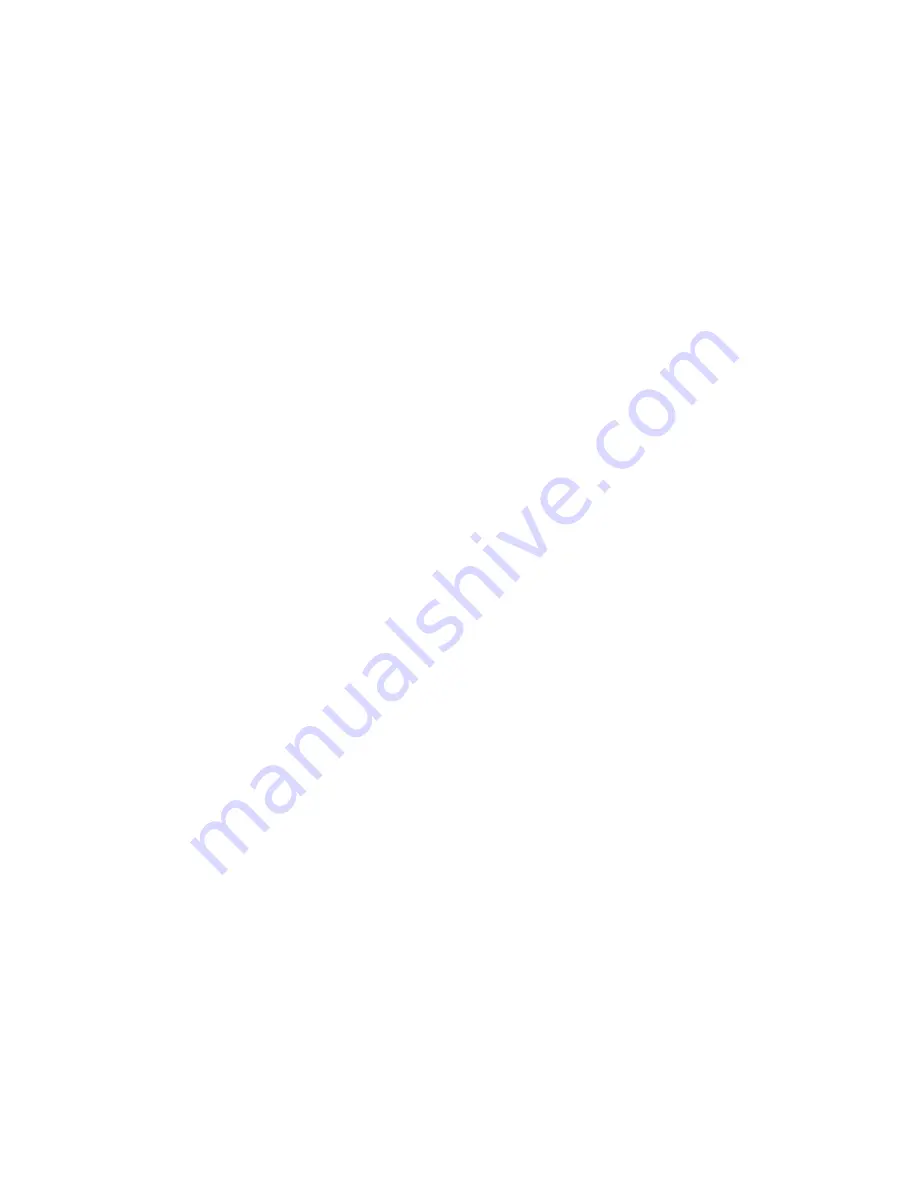
THIS
MODEL
HAS
BEEN
DISCONTINUED;
SEE
G686B
‐
S
FOR
REPLACEMENT
2
Approved eye protection should be worn when operating, repairing, or overhauling this tool.
Do not use beyond the design intent.
Do not use substitute components for repair.
Any modification to the tool, pulling heads, accessories or any component supplied by
CHERRY®, or their representatives, shall be the customer’s entire responsibility.
CHERRY® will be pleased to advise on any proposed modification.
The tool must be maintained in a safe working condition at all times and examined at regular
intervals for damage.
Before disassembling the tool for repair, refer to the maintenance instructions. All repairs shall be
undertaken only by personnel trained by CHERRY®.
Contact CHERRY® with your training requirement.
Always disconnect the air line from the tool inlet before attempting to service, adjust, fit or remove
any accessory.
Do not operate the tool when it is directed at any person.
Ensure that the vent holes do not become blocked or covered and that air line and hydraulic
hoses are always in good condition.
Excessive contact with the hydraulic oil should be avoided to minimize the possibility of rashes.
Care should be taken to wash thoroughly.
Operating air pressure should not exceed 110 psi (7,6 bar).
Do not operate the tool without pulling head in place.
Do not operate the tool unless the power unit base (56) is fully secured by the six flat head cap
screws (57).
All retaining rings, screwed end caps, hoses, hose fittings, air fittings, trigger valves and pulling
heads should be attached securely and examined at the end of each working shift.
Do not pull rivet in the air.
The precautions to be used when using this tool must be explained by the customer to all
operators.
Any question regarding the correct operation of the tool and operator safety
should be directed to CHERRY®.
Do not pound on the rear of the tool head to force rivets into holes as this will damage the tool.
Do not depress the trigger while disconnecting the air bleeder and replacing the cap screws when
bleeding the tool.
Do not release the trigger after installing a CherryLOCK® rivet until the tool is positioned away from
the structure and personnel. Upon release of the trigger the stem will eject from the front of the
pulling head with moderate force


































